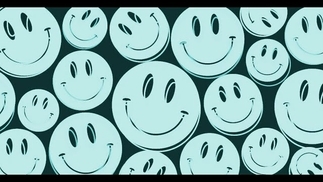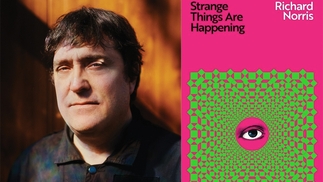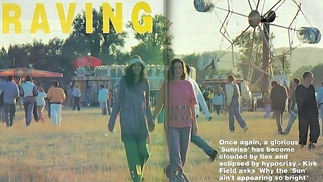Original acid house smiley face designer hangs yellow plaques on old rave venues
The gesture comes on the 30th anniversary of the Criminal Justice Bill which sought to deal with illegal raves in the '90s
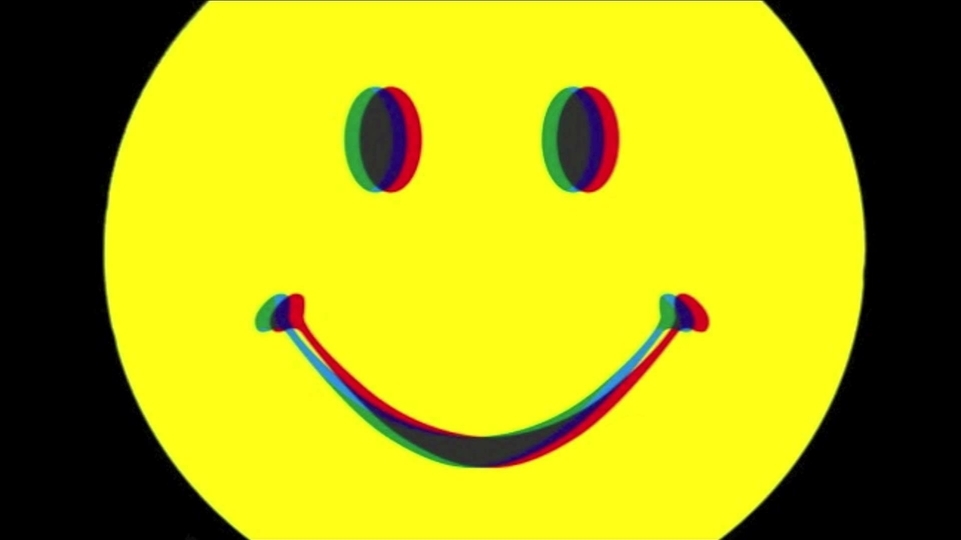
George Georgiou, the artist known for creating the iconic yellow smiley face flyers that became synonymous with '90s rave music and acid house, has hung a series of temporary yellow plaques at the sites of old London rave venues.
Marking the launch of his George Georgiou Gallery, a digital experience that showcases his classic flyers for club nights of the '80s and '90s, the yellow plaques have been unveiled as part of a temporary installation at locations where now-shuttered venues such as Sin, Shoom and Velvet Underground once stood. Members of the public can visit those sites using the interactive map on the gallery's website.
Speaking about the George Georgiou Gallery, the man himself said: "By bringing my flyer designs to the metaverse I want to show younger generations how much history there is in this music, and hopefully give them something inspiring on their own. The gallery space features all my best work, previously only in physical form, and I'm so excited to see it come to life digitally, in such a spectacular way."
Georgiou's iconic yellow smiley face has its origins in a flyer that he created in January 1988 for his his friend Danny Rampling's club night at Shoom. It has since become a key symbol in the growth of acid house, and was also used as an emblem of rave culture by media in the '90s as they sought to negatively present the scene in news bulletins and articles.
The launch of the gallery and the temporary installation coincides with the 30th anniversary of the Criminal Justice Bill, which the then Conversative Government introduced in an attempt to deal with the growth in illegal raves through the early part of the '90s.
1st May 1994 was the first big London protest against the looming Criminal Justice Bill, the piece of legislation that first proscribed a genre of music — rave music, “wholly or predominantly categorised by the emission of a succession of repetitive beats” — in law. Despite widespread demonstrations at what was seen as draconian power-grabs by the UK authorities, the Bill became law later in 1994. In a recent DJ Mag feature, Harold Heath looked back at the reaction from the dance music community at the time, and the Act’s lasting impact on the rave scene today. Read it here.
Check out Georgiou's website here.
Last month, the evolution of UK electronic music, 'from Doctor Who to acid house', was explored in a new book, Dream Machines: Electronic Music In Britain From Doctor Who To Acid House.

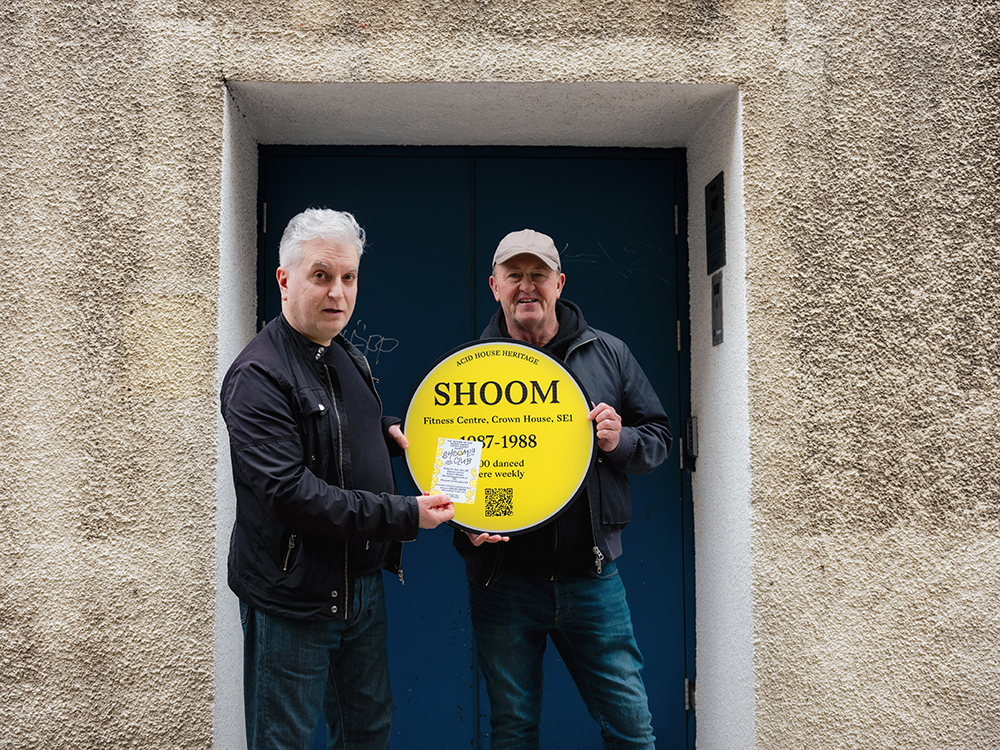
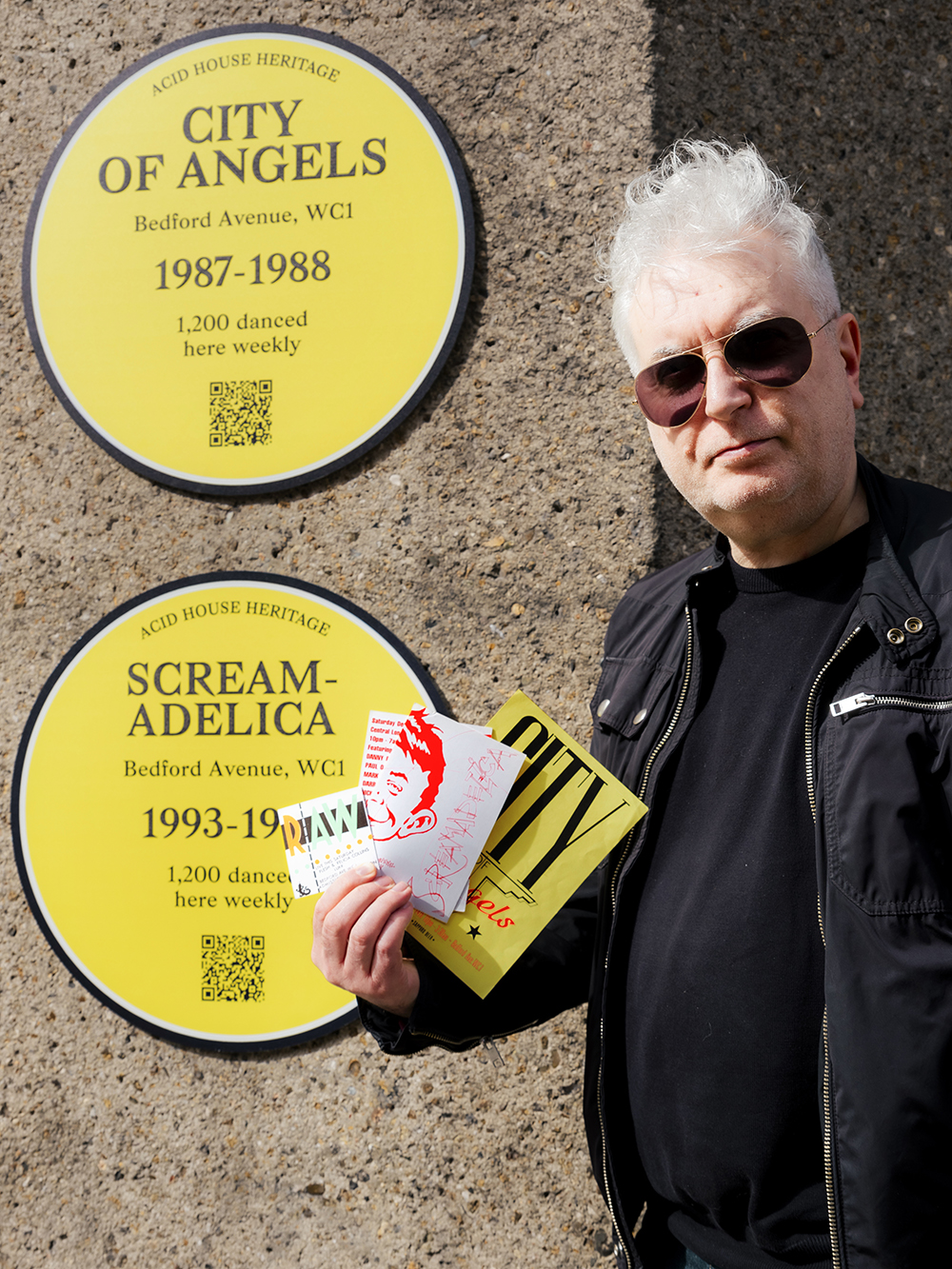
Photo credit: Dan J Burwood
